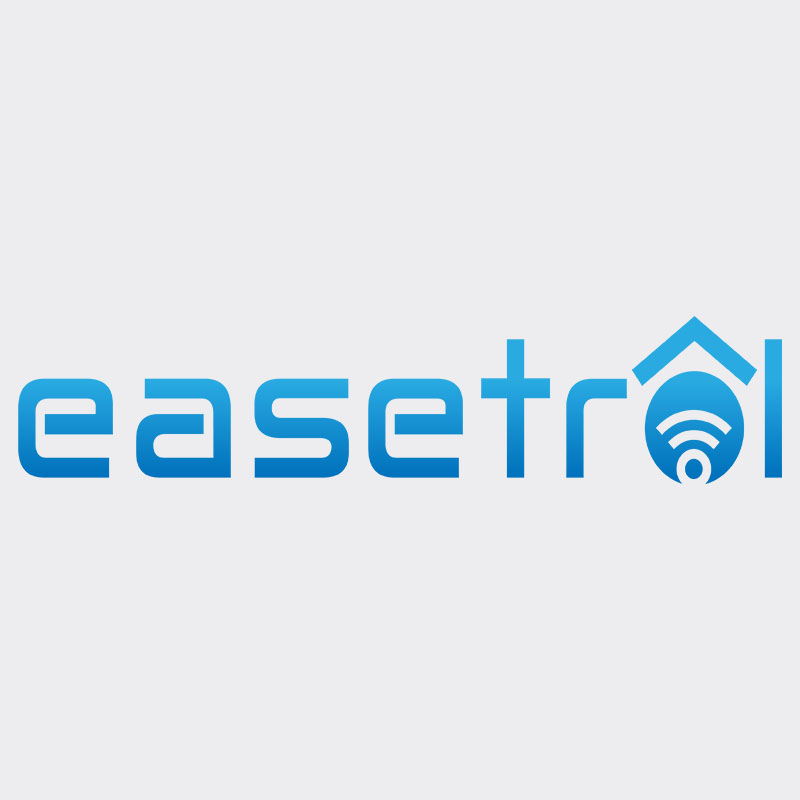IC (Integrated Circuit) remotes are controllers made using integrated circuit technology. The primary differences between various IC remotes are in their functions, designs, operating principles, and communication technologies used. The main types include fixed code, learning code, and rolling code.
Fixed Code (Fixed Code): Every time a button is pressed, the remote sends the same predefined code. This type of remote is commonly used for simple applications such as garage door opening and basic home automation. Here are some integrated circuits (ICs) commonly used for fixed code wireless remotes:
1、PT2262/PT2272: A commonly used pair of encoder/decoder ICs. PT2262 is used on the remote side (encoding), while PT2272 is used on the controlled device side (decoding).
2、EV1527: It is a commonly used fixed code encoder IC. Similar to PT2262, it is used for various simple wireless remote applications.
3、HT12E/HT12D: Another commonly used pair of encoder/decoder ICs. HT12E is for encoding, while HT12D is for decoding.
4、SC2260: Similar to EV1527, the SC2260 is another fixed code encoder IC, often used for various wireless remote applications.
Learning Code (Learning Code): Learning code wireless remotes, compared to fixed code remotes, have a unique feature: they can “learn” codes from other remotes, making it easy for users to pair new remotes with existing systems. Here are some integrated circuits (ICs) commonly used for learning code wireless remotes:
1、EV1527: Although EV1527 can also be used for fixed code remotes, due to its larger ePROM storage space, it is also commonly used for learning code remotes.
2、HCS301: An encoder IC produced by Microchip Technology with Keeloq encryption technology. With its encryption features, HCS301 provides a relatively secure way to implement learning code remote functionality.
3、HCS200/HCS201/HCS300: These are encoders from Microchip’s Keeloq series, similar to HCS301 but with possibly different features and specifications.
4、EV527/EV528: These two ICs are often used for learning code remote applications, especially in situations where security requirements are not very high.
Rolling Code Remotes (also known as hopping code or rolling code technology) generate a new, unique code with each button press. This technology enhances security for remote applications, especially in situations requiring protection against “code capture” and “replay attacks,” such as car key remotes and some high-security access systems. Here are some integrated circuits (ICs) commonly used for rolling code wireless remotes:
1、HCS301: A commonly used Keeloq rolling code encoder IC, produced by Microchip Technology. It employs encryption technology to generate the unique code transmitted each time.
2、HCS200/HCS201/HCS300/HCS360: These are also from Microchip’s Keeloq series, designed specifically for rolling code technology.
TRW’s SCS series: Another rolling code series designed for automotive remote applications.
3、Atmel ATA5279: This IC from Atmel (now part of Microchip) also supports rolling code remote technology, especially in automotive remote applications.
4、NXP’s PCF series: This is a series produced by NXP for its rolling code remote applications.
Rolling Code (Rolling Code) or Hopping Code (Hopping Code): Both the remote and the receiving device jointly generate a new, unique code based on a certain algorithm, changing with each button press. This increases security since capturing a single code can’t effectively replicate the remote’s functionality long term.
Different coding modes are suitable for different application scenarios. For example, for basic home automation tasks, fixed code or learning code might be sufficient. However, for applications with higher security requirements, such as car key remotes or high-security access systems, rolling code or encryption technology might be required.



